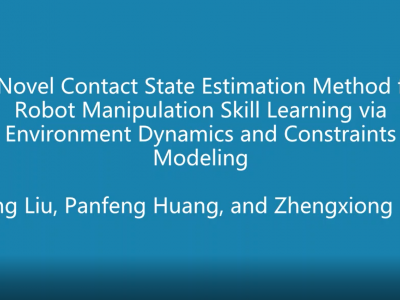Artificial Intelligence

TreatO is a rice disease control ontology that focuses on modeling biological control agents and chemical controls agent of each rice pest (e.g., rice diseases and insects).
- Categories:
 283 Views
283 Views
RiceDO is a rice disease ontology that focuses on modeling abnormal appearances of a rice plant when damaged by pests (e.g., rice diseases and insects).
- Categories:
 478 Views
478 ViewsPlease cite the following paper when using this dataset:
N. Thakur, "Twitter Big Data as a Resource for Exoskeleton Research: A Large-Scale Dataset of about 140,000 Tweets from 2017–2022 and 100 Research Questions", Journal of Analytics, Volume 1, Issue 2, 2022, pp. 72-97, DOI: https://doi.org/10.3390/analytics1020007
Abstract
- Categories:
 2819 Views
2819 ViewsThe Firearm Recoil Dataset was collected utilizing a wrist worn accelerometer to record the recoil generated from one subject’s use of 15 different firearms of the Handgun, Rifle and Shotgun class. The type of the firearm based on its ability to auto-load or not is also denoted.
- Categories:
 929 Views
929 Views
This is a subset of the ASHRAE Global Comfort Database that we used in our study to prove that Deep learning methods performs better than shallow methods predicting the thermal sensation.
- Categories:
 219 Views
219 ViewsSequential skeleton and average foot pressure data for normal and five pathological gaits (i.e., antalgic, lurching, steppage, stiff-legged, and Trendelenburg) were simultaneously collected. The skeleton data were collected by using Azure Kinect (Microsoft Corp. Redmond, WA, USA). The average foot pressure data were collected by GW1100 (GHIWell, Korea). 12 healthy subjects participated in data collection. They simulated the pathological gaits under strict supervision. A total of 1,440 data instances (12 people x 6 gait types x 20 walkings) were collected.
- Categories:
 3868 Views
3868 Views
A synthetic signal dataset of 12 different modulations (including PSK, QPSK, 8PSK, QFSK, 8FSK, 16APSK, 16QAM, 64QAM, 4PAM, LFM, DSB-SC, and SSBSC) with different DOAs (discrete angles ranging from -60° to 60° with the step size of 1°) is generated using MATLAB 2021a. Regarding the signal model configuration for the data generation, we specify a uniform linear antenna array of M = 5 elements to acquire incoming signals having N = 1024 envelope complex samples, thus conducting an I/Q data array of size 1024 × 2 × 5.
- Categories:
 3462 Views
3462 Views
We elaborate on the dataset collected from our testbed developed at Washington University in St. Louis, to perform real-world IIoT operations, carrying out attacks that are more prelevant against IIoT systems. This dataset is to be utilized in the research of AI/ML based security solutions to tackle the intrusion problem.
- Categories:
 3213 Views
3213 Views


